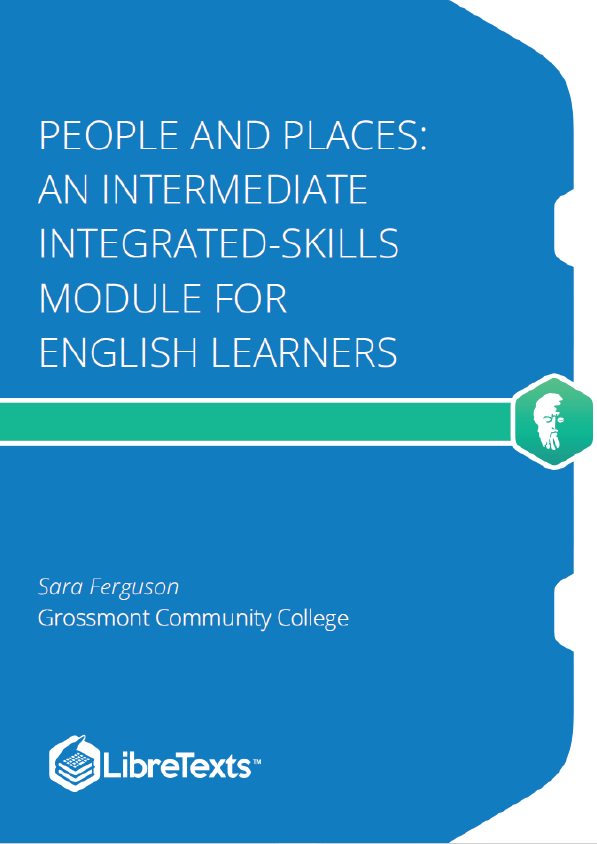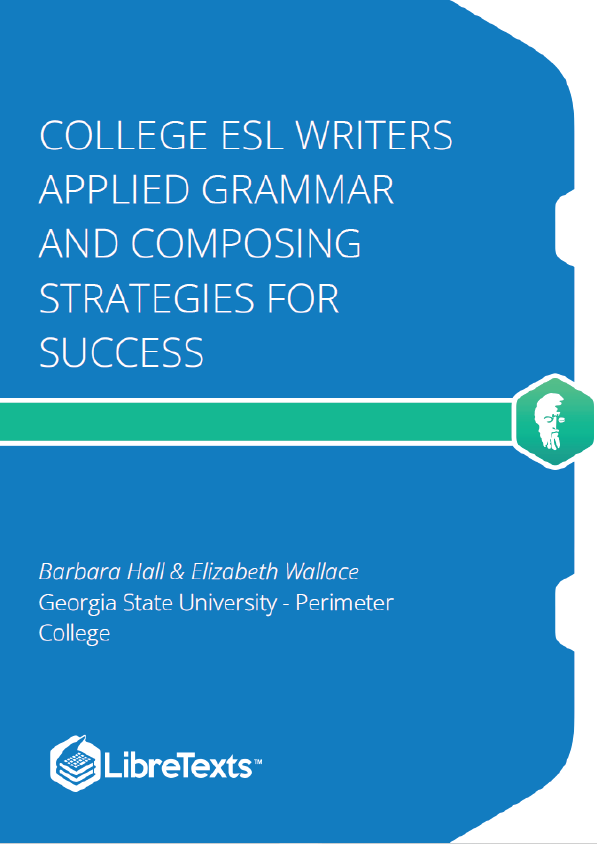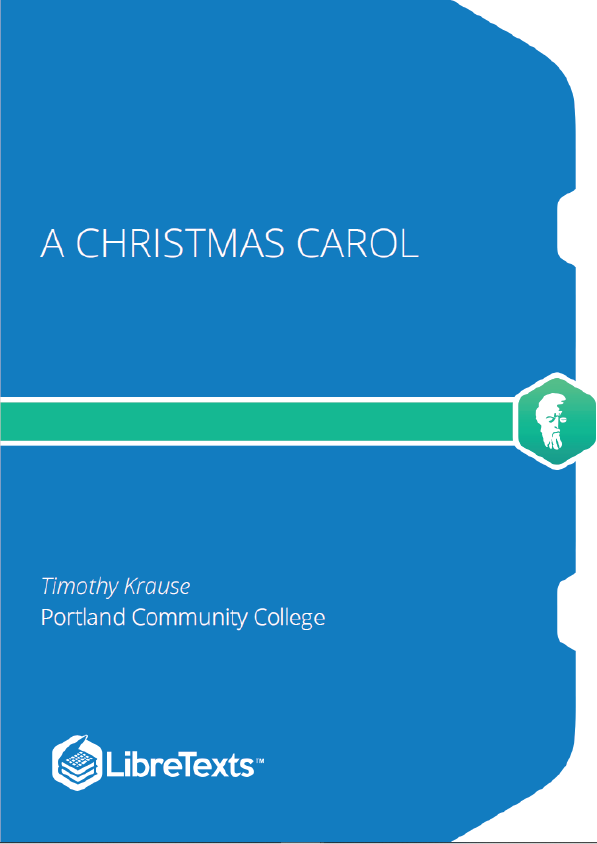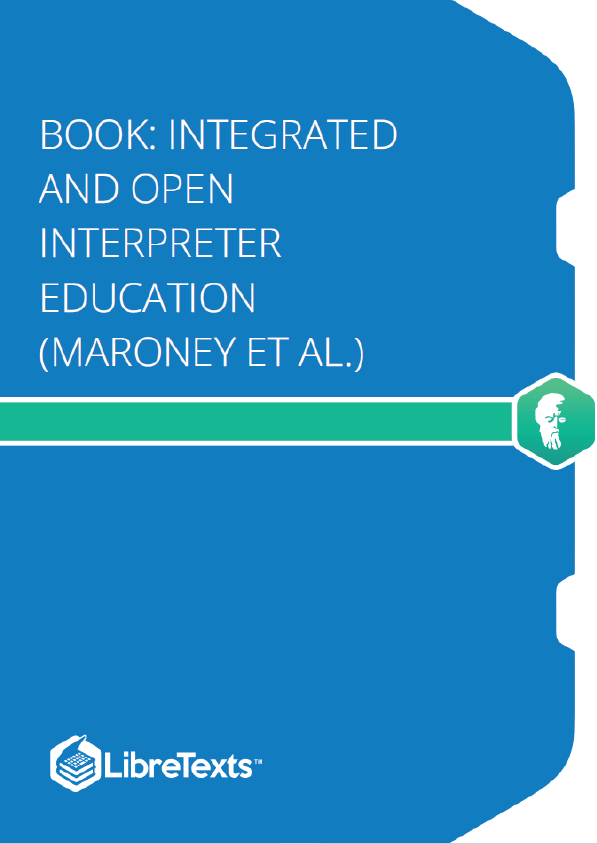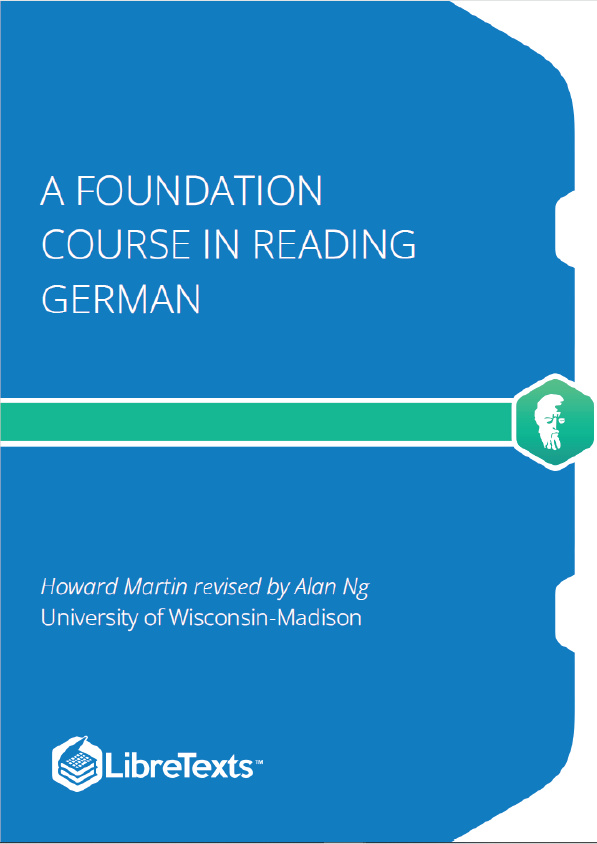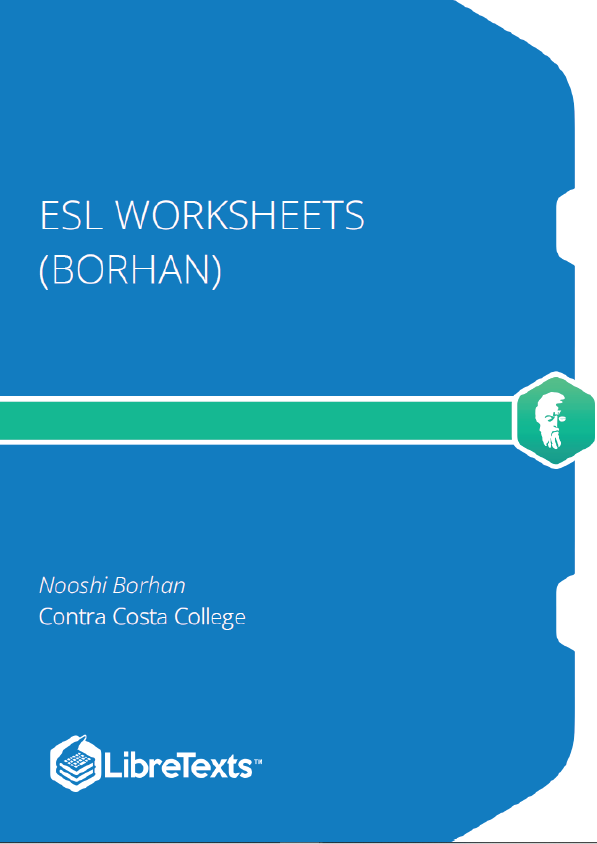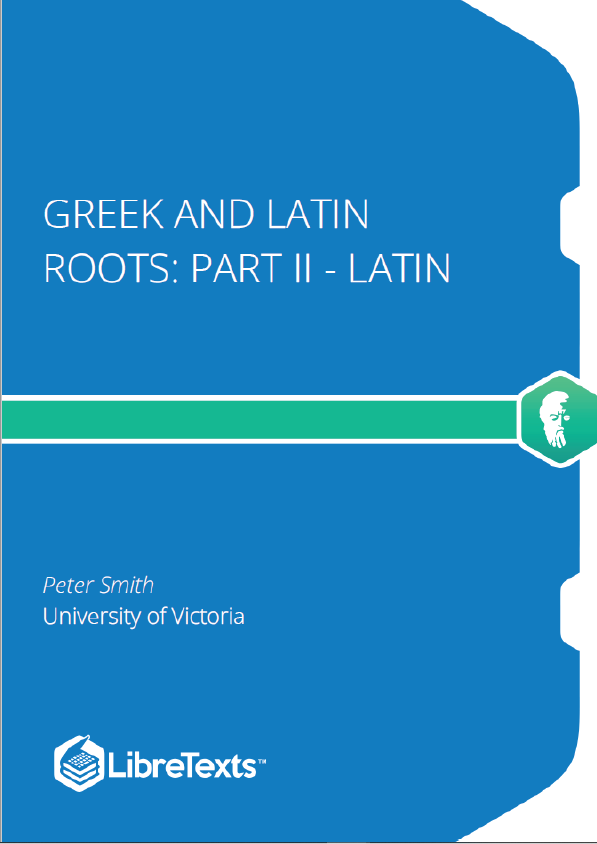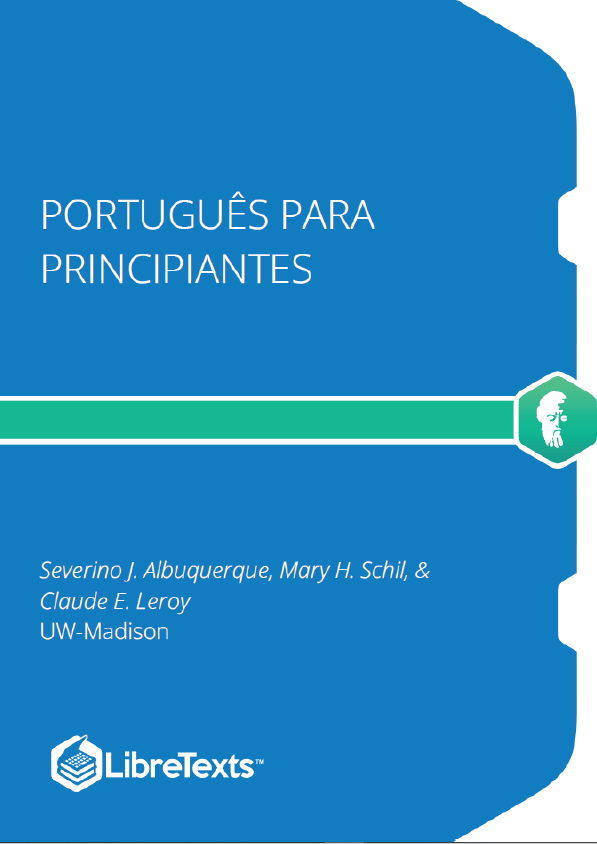Email Etiquette
Email is used in almost all aspects of life – we use email at school, at work, and in our personal lives. The way we write emails is essential to being an effective communicator. The way we write an email could be the difference between getting a job interview and not getting the interview. It could be the difference between having our professor help us with our homework or ignoring us and not helping. Have you ever opened an email and thought that the writer was rude or unprofessional? Maybe you decided not to answer this person, or your reply was not very helpful or kind. That person may have thought that they had sent a polite email asking a simple question, but you did not interpret it that way. Unfortunately, this is common, and it can lead to many misunderstandings. Therefore, we must be careful to write emails that are professional, polite, and clear.
How then can we write professional and clear emails? There are a few tips you can follow. First, the subject line of the email should state the reason for the email. For example, “Question About Homework” is clear and concise. This is better than saying “Help!” which is not clear. This sounds like an emergency, even though it is not. Second, do not use all capital letters. Capital letters, like “WHEN IS THE PAPER DUE?” make the reader think you are shouting, or yelling at them. This is very impolite and may make the reader upset. Instead, use correct punctuation. Check to make sure you have capitalized the first letter of a sentence and all proper nouns. This shows the reader that you took the time to proofread your email. Third, be very clear about why you are writing. Do not write too much; people receive hundreds of emails a day, so they do not have time to read an essay! Be clear and concise. Finally, always say “thank you” at the end. Sometimes, we are angry and do not want to say “thank you,” but showing this politeness will help you later. If you are polite and thankful, the reader is more likely to respond and to help you. Emails are an important part of communication; make sure you use them correctly so that they benefit you.
Traditional Paragraph Structure
The composition “Email Etiquette” follows the traditional paragraph structure for both paragraphs. What are the parts of a traditional paragraph? Complete these activities to identify the parts of a traditional paragraph.
With your instructor, underline and label the parts of the traditional paragraph in the first paragraph
What is the topic of the composition? How do you know?
What is the purpose of the first paragraph? (circle one answer)
- to show how to write an effective email
- to define email etiquette
- to explain why email etiquette is important
- to give more information about emails
- Read the second paragraph.
What is the purpose of the second paragraph? You may choose from the list in the third question
What signal words does the author use to introduce four tips? How many sentences does the author write for each tip?
Write notes about the four tips. Your notes should be keywords only, not sentences.
